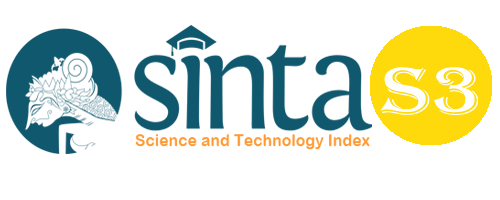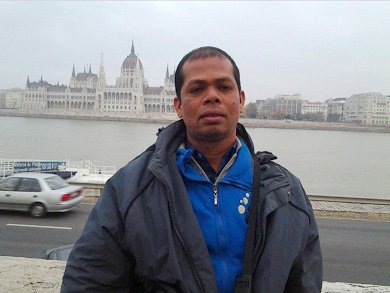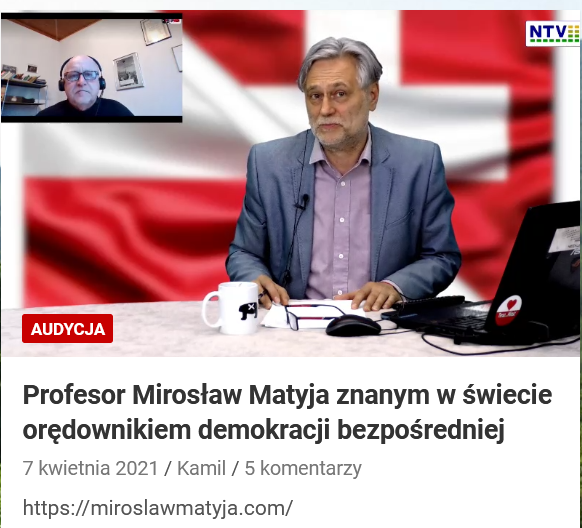Textile and Trade in Alam Melayu
Abstract
Apart from being a trade commodity and cultural driver, textile is always mentioned as something valuable in Alam Melayu. Some Malay manuscripts such as Sullalatus Salatin (Ahmad, 2003), Tawarikh Raja-Raja Melaka dan Pahang, Tuhfat An-nafis (Haji & Ahmad, 1997) and Hikayat Siak, mentioned that the textile acts as the symbol given when facing someone higher, a sign of friendship between kingdoms, proposing to a king's daughter and the cancellation of a king. Textiles in Alam Melayu are found in various types and forms, the function of the textile and its labels. Using the historical method in reconstructing historical events, this article with the theme of social history states that textile and the art of embroidery among Malay women have been fused in people's lives since the past. Relations with the outside world such as China, India, Arabia and Europe, affect various types and forms, functions of textiles and their names.
Keywords
Full Text:
PDFReferences
Ahmad, AS (2003). Sulalatus Salatin Malay History. Language and Literature Council, 75–80. https://www.academia.edu/10233146/Sulalatus_Salatin_A_Samad_Ahmad
Faishal, M., Harahap, S., and Drajat, M. (2019). Trust on Tradition/Customs of Batu Bara Community in the 19th Century. Budapest International Research and Critics Institute-Journal (BIRCI-Journal) Vol 2 (4): 567-574.
Haji, DRA, & Ahmad, RH (1997). Tahfat al-Nafis.
John, A., Ming, K., & History, MAAA (nd). Reconnecting the Disconnected Through Textiles of the Malay Maritime Empire. 1–22.
Lombard, D. (2005). Nusa Java: Cross Culture Part 1 Westernized Boundaries.
Multajimah, et.al. (2021). Traditions and Rituals of the Naqsyabandiyah Khalidiyah Babussalam Order (TNKB Practitioners) In the Malay Community Babussalam-Langkat North Sumatra. Budapest International Research and Critics Institute-Journal (BIRCI-Journal) Vol 4 (1): 310-320.
Reid, A. (2001). Understanding Melayu (Malay) as a source of diverse modern identities. Journal of Southeast Asian Studies, 32(3), 295–313. https://doi.org/10.1017/s0022463401000157
Reid, A. (2014). Southeast Asia in the Commerce Period 1450-1680 Volume 1 Land Under the Wind. In the Indonesian Torch Library Foundation.
Roolvink, R. (1980). Sadjarah Riouw Lingga and Daërah Taäloqnja. Archipel, 20(1), 225–231. https://doi.org/10.3406/arch.1980.1603
Suhana, S., & Norhayati, A. (2015). Kelingkan Embroidery Track-Mapping in Malaysia and Indonesia. Indigenous Knowledge Symposium, April, 45–69.
Swastiwi, AW (2018). From the Textile Trade in Alam Melayu to the Manto Lingga Tudung.
Swastiwi, AW (2021). Trading Activities of the Riau-Lingga Kingdom 18-20 Century: Historiography of the East Coast of Sumatra. National Seminar on Humanities, 1(1), 1–15.
Swastiwi, W., Gunawan, D., Yahya, GY, & Simbolon, G. (2021). Tudung manto and three country relations (indonesia-malaysia-singapore). 5(2), 86–97. https://doi.org/10.36526/js.v3i2.e-ISSN
Tajudin, I. bin. (nd). From Riau To Singapore , 1700S-1870S : Trade Ports and Urban a Response To the Book Singapore : a 700-Year History.
Wasino, & Hartatik, ES (2018). Historical Research Methods From Research To Writing. Main Library Magnum, 153.
DOI: https://doi.org/10.33258/birci.v4i4.3081
Article Metrics
Abstract view : 47 timesPDF - 50 times
Refbacks
- There are currently no refbacks.

This work is licensed under a Creative Commons Attribution-ShareAlike 4.0 International License.

This work is licensed under a Creative Commons Attribution-ShareAlike 4.0 International License.

_.gif)

















_.gif)



